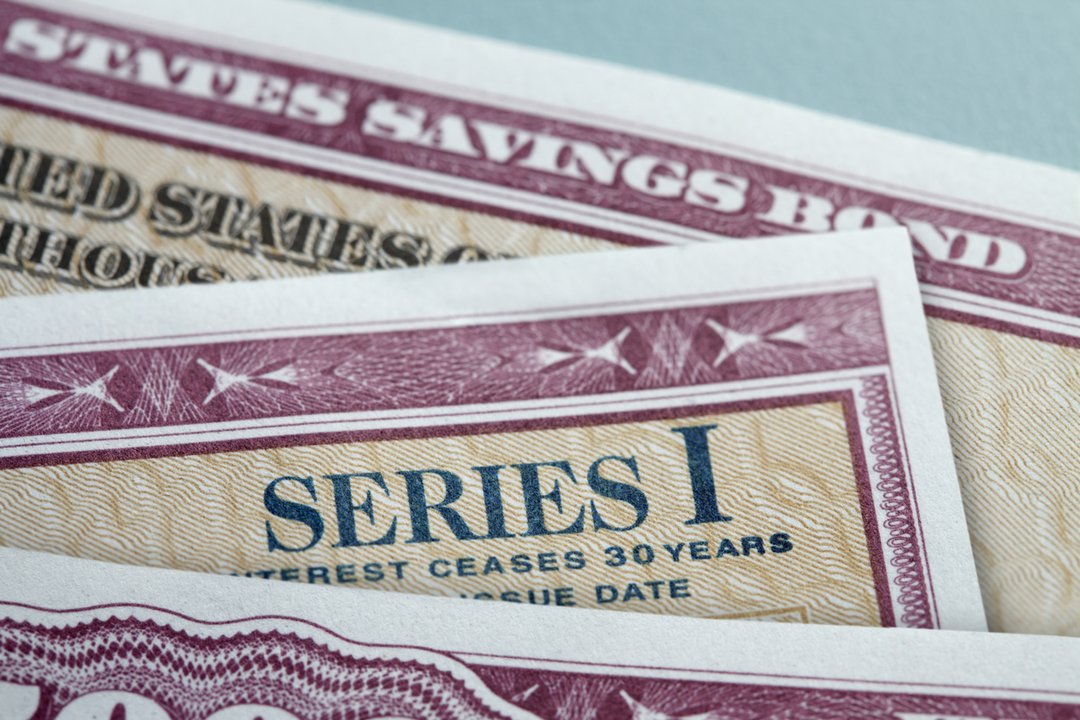
By Veronica Dagher
April 21, 2022
The case for buying I Bonds is simple: A guaranteed interest rate that will rise to nearly 10% in May.

iStock image
I Bonds are inflation-adjusted U.S. savings bonds. Americans snatched up nearly $11 billion in these bonds over the past six months, compared with around $1.2 billion during the same period in 2020 and 2021, according to Treasury Department records. That figure will likely rise even higher when the interest rate jumps next month.
But understanding how, when and how much of these bonds to buy can get tricky. For example, you don’t want to face any early withdrawal penalties.
To help untangle the rules and strategies for making the most of I Bonds, here are answers to some of the most frequently-asked questions posed by Wall Street Journal readers.
When is the best time to buy I Bonds and should I purchase my entire $10,000 annual allotment all at once?
The interest on U.S. Treasury Series I Bonds is currently 7.12% and will rise to about 9.6% beginning in May. There is a $10,000 annual limit per person for I Bonds, yet there are certain strategies to exceed that ceiling.
The I Bond interest rate is based on a calculation tied to the consumer-price index. Prices rose by 8.5% year over year in March, the fastest pace since December 1981, according to the Bureau of Labor Statistics.
Some economists say inflation may have peaked, and if that is the case, the interest rate on I Bonds might start to fall as the rate of inflation falls.
I Bonds will be subject to at least one rate change in a 12-month period. Elliot Pepper, a financial planner in Baltimore, doesn’t know what the next rate after 9.6% will be. So, he’ll try to mitigate the risk that it will be lower than 7.12% by taking half of his annual limit and “locking in” the combined 7.12% and 9.6% and then buying the remaining $5,000 in late October, when he has more visibility about the next rate.
If the rate then is lower than 7.12%, Mr. Pepper said he would have been better off investing his $10,000 maximum before May. If the rate is higher than 7.12%, he would have been better off buying the bonds after May, he said.
When is I Bond interest paid?
Interest is paid in a lump sum when the bond is cashed.
An I Bond earns interest monthly from the first day of the month in the issue date, so if you purchase a bond on April 20, you would get interest for the entire month of April, said Pamela Ladd, senior manager for public accounting for the American Institute of Certified Public Accountants.
The interest, which is compounded twice a year, accrues for up to 30 years or until you cash the bond, whichever comes first, said Ms. Ladd.
For instance, if you bought an I Bond for $10,000, the principal value is $10,000. If after six months, you have earned about $356 at an interest rate of 7.12%, then the government will add that to your principal value and the next six months you will earn interest at an annualized rate of about 9.6% on roughly $10,356, said Mr. Pepper.
I didn’t use my tax refund to purchase $5,000 in I Bonds when I filed my tax return. Is it too late to buy I Bonds with my refund money?
Yes. Up to $5,000 of your tax refund is eligible to be put into I Bonds a year, under the Internal Revenue Service program. You can still buy up to $10,000 in I Bonds this year if you haven’t already done so. The option to buy up to $5,000 more with your tax refund is a separate program.
But if you already filed your return for the year and didn’t opt to purchase I Bonds with any refund money, it is too late. Form 8888 (used for allocating a refund to an I Bond) isn’t permitted if filing an amended tax return, said Mr. Pepper.
When is the soonest I can redeem my I Bonds?
You can cash out I Bonds after 12 months but there will be a penalty equal to three months of interest if you cash out in the first five years. I Bonds earn interest for up to 30 years.
You can cash a minimum of $25 at a time, and must leave at least $25 in your TreasuryDirect account when doing partial redemptions.
How do I buy I Bonds for my children?
Children under 18 can own I Bonds, however they can’t open a TreasuryDirect account, said David Stolz, a certified public accountant in Tacoma, Wash.
A parent may open an account for the child and the account will be linked to the adult’s account, which will allow them to buy electronic I Bonds in the name of the child. These I Bonds would be purchased under the child’s name and Social Security number, he said.
The annual I Bond purchase limits are based on the recipient, not the giver. The child could receive up to $10,000 in electronic I bonds and up to $5,000 in paper I Bonds a year.
How do I purchase I Bonds in my trust?
You can add an additional $10,000 to the annual I Bond purchase limit with a properly registered trust, said Mr. Stolz. When you register your account at TreasuryDirect, you have the option to create an entity account, including trusts and partnerships.
Trusts require an account manager that can act alone on behalf of the trust and the wording in the registration must specifically identify the trust, he said.
Write to Veronica Dagher at Veronica.Dagher@wsj.com
Dow Jones & Company, Inc.





